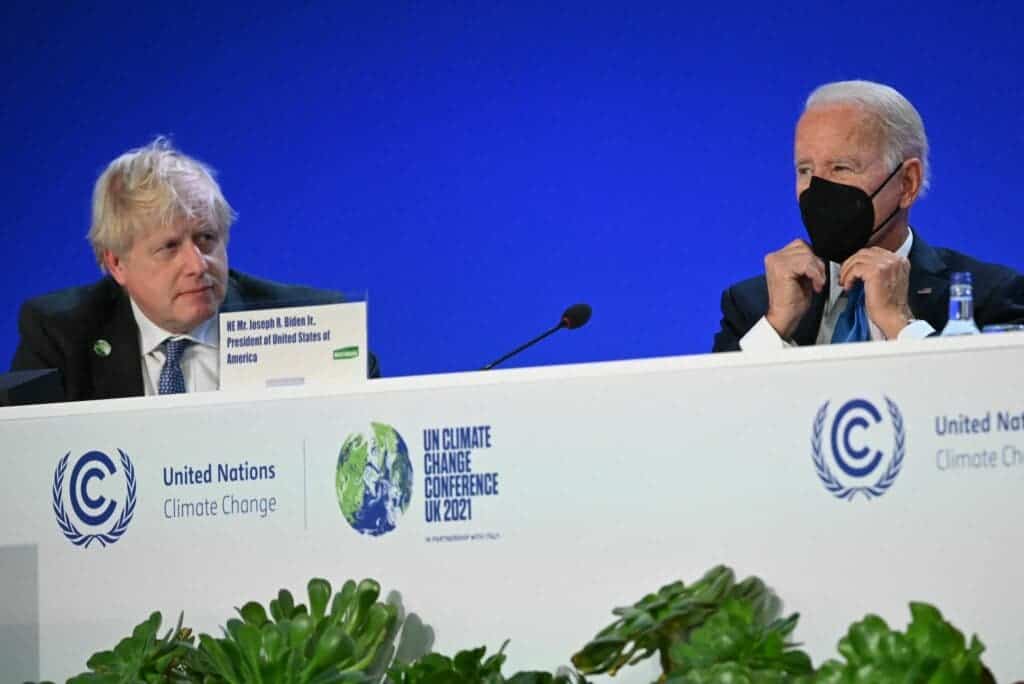While CO2 is usually branded as the main villain in the climate crisis, there are other greenhouse gases out there that also have their fair share of responsibility. Methane, especially, is 80 times more potent than CO2 (although it’s much more short-lived). Now, a group of countries at the climate summit COP26 in the UK have drawn up a plan of action to reduce methane emissions as quickly as possible.

Over 100 countries have signed a commitment to reduce their methane emissions by 30% between 2020 and 2030. The initiative is spearheaded by the United States and the European Union and it covers two-thirds of the global economy and half of the main 30 methane emitters countries. China, Russia and India haven’t joined it, however.
The plan had been announced in September, but the US government and the EU had been working hard since then to raise the number of signatories and the momentum behind the pledge. Alongside commitments on deforestation and financing renewable energy, this could probably be one of the big things coming out of COP26, which started this week.
“We have to act now. We cannot wait for 2050; we have to cut emissions fast,” European Commission President Ursula von der Leyen said at the pledge launch event at COP26 in Glasgow. “Cutting back on methane emissions is one of the most effective things we can do to reduce near-term global warming … it is the lowest-hanging fruit.”
While non-binding, if the pledge is actually met it will prevent 0.2ºC of global warming by the middle of the century. It may seem it’s not a lot, but every 10th of a degree makes a big difference in terms of climate change. Some of the worst effects of the climate crisis can still be prevented if the global temperatures don’t keep rising.
Campaigners largely welcomed the announcement, and reactions were positive. Ani Dasgupta, CEO of the World Resources Institute (a global research non-profit organization), said the next step for countries is to put the pledge in motion, with policies to address methane emissions in sectors such as agriculture and energy. “Solutions to tackle methane are readily available and are cost-effective,” she added.
Still, there are plenty of questions about how this pact will actually be enforced. The signatory countries committed to “work together in order to collectively reduce methane emissions” and to taking “comprehensive domestic actions.” This means they don’t have to draw a list of policies to sign the pledge, which gives it limited transparency.
The role of methane
Methane is released into the atmosphere through different human activities, including the production of fossil fuels (coal, oil and gas), landfills, and agriculture. Livestock breeding is largely to blame, as manure from cows, sheep and pigs adds methane to the atmosphere. It’s a very powerful gas responsible for about 30% of global warming.
Methane emissions have risen significantly and are now higher than at any point in the past 800,000 years, the Intergovernmental Panel on Climate Change (IPCC), which groups leading climate scientists, said in its most recent assessment. The good news is that methane emissions are more short-lived than CO2 and tend to break down within a decade.
A report earlier this year by the UN Environment Program (UNEP) found that human-caused methane emissions can be reduced by 45% this decade. This would avoid 0.3% of global warming by 2045 and would put us a step closer to meeting the key goal of the Paris Agreement of climate change of limiting global temperature rise to 1.5ºC.






